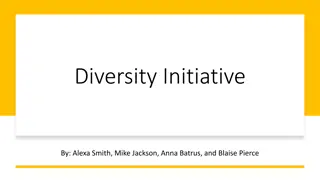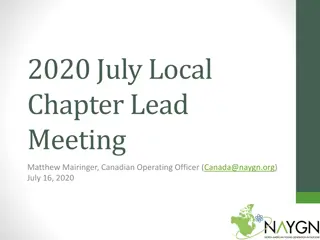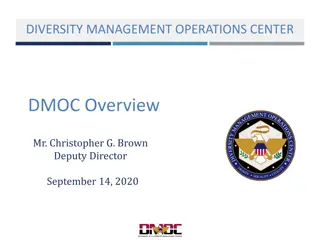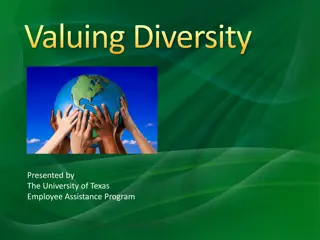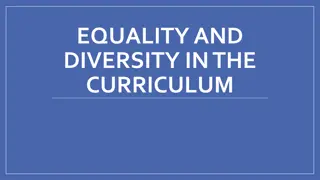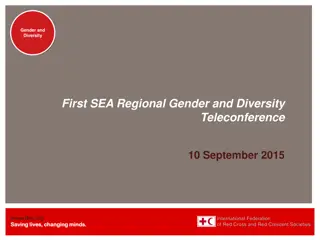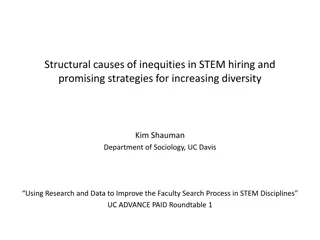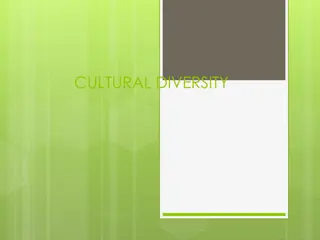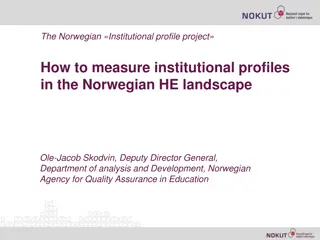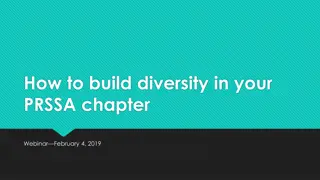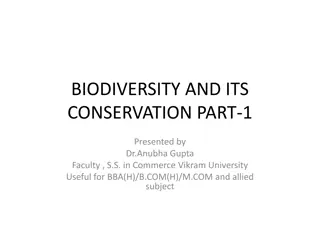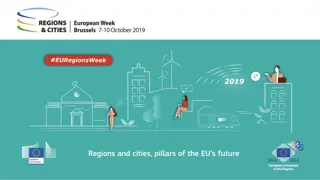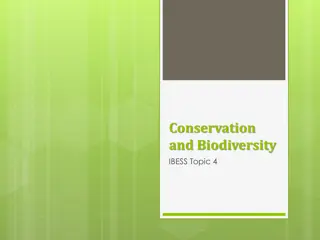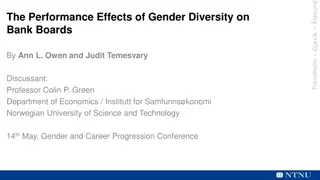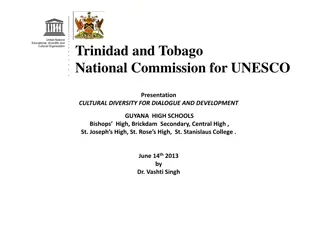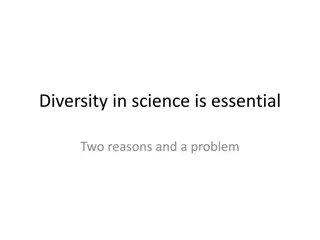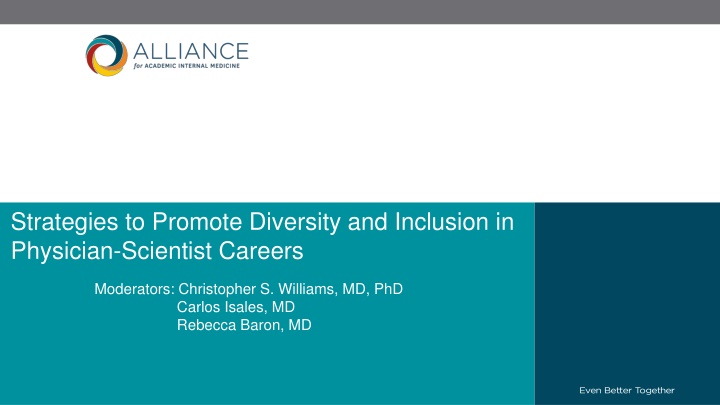
Strategies to Foster Diversity and Inclusion in Physician-Scientist Careers
Explore effective strategies like financial support, pipeline programs, cultural shifts, and mentorship to promote diversity and inclusion in physician-scientist careers, addressing challenges such as financial disparities, recruitment, retention, and access to role models.
Download Presentation

Please find below an Image/Link to download the presentation.
The content on the website is provided AS IS for your information and personal use only. It may not be sold, licensed, or shared on other websites without obtaining consent from the author. If you encounter any issues during the download, it is possible that the publisher has removed the file from their server.
You are allowed to download the files provided on this website for personal or commercial use, subject to the condition that they are used lawfully. All files are the property of their respective owners.
The content on the website is provided AS IS for your information and personal use only. It may not be sold, licensed, or shared on other websites without obtaining consent from the author.
E N D
Presentation Transcript
Strategies to Promote Diversity and Inclusion in Physician-Scientist Careers Moderators: Christopher S. Williams, MD, PhD Carlos Isales, MD Rebecca Baron, MD
1. How to overcome the financial disadvantage that may disproportionally affect diverse populations and impact their decisions? Continue virtual interviews to reduce cost of applying to residencies (and MD-PhD Programs) UG bridge programs (UG-->Med school) Housing and/or cost of living funds (over and above stipends) We are rolling out a program to give a $4000 bonus to underrepresented students - $2000 when they start the MSTP (to help offset moving costs) and $2000 after defending the PhD (to help offset costs of boards and/or interviews) Gap funding during research years - who covers this, program or department Needs based approach to financial incentives/funding. LRP education Financial pressures are more on the URM for this career pathway. Institutional commitment for pre-K, focusing on URM might be helpful.
2. Do pipeline programs work and does one size fit all? > How to optimize recruitment and retention in the PS career path? Mentor pathway pipelines, rather not just focused on the applicant. (need NIH and institutions to recognize the importance of mentoring and the time that it takes to be a good mentor and to reward this by funding percent effort) Pipeline programs for UGs from institutions that are not research intense Provides an opportunity for peer-mentoring Pipeline is ALSO a benefit for the peer-mentor Any institution can effectively have pipeline programs, if commitment is available, also benefit from close proximity to homes (smaller institutions)
3. Does the culture of physician scientist careers promote or detract from diversity and how can this be avoided? Individuals who are proactive might be from advantaged background but rather perhaps the investigator should speak at HS or a zoom session, etc. Increasing inclusivity, allyship is starting to shift the culture. NIH funding/culture needs to be changed. Culture of PS be to reach out/give back/promote opportunities. The get grants or perish culture may differentially impact individuals from diverse backgrounds.
4. What strategies can be developed to increase access to role models? Increasing administrative overhead takes time from mentoring Pay / recognize / give additional protected time to mentors from underrepresented backgrounds Team Mentoring
5. How can we increase recruitment of faculty from diverse backgrounds, overcome biases, and improve representation in leadership positions? Look beyond the top 25-funded NIH institutions for faculty recruitment Think about where the jobs are advertised, is it reaching a diverse set of potential applicants Holistic review of applications Think ahead - consider recruiting URMs back to the institution where they did the MSTP (and setting the stage for this before they leave for residency / fellowship). More institutional grants like the NIH First program to increase support for start up packages and faculty development programs. Lobby institutions to make similar financial commitments to hiring faculty from URM pools
6. What responsibilities do foundations, NIH and other funding agencies have in promoting diversity and actively dismantle and promote biased outcomes? AAIM has a task force on diversity, equity, and inclusion NIH should support a K award with a diversity focus


